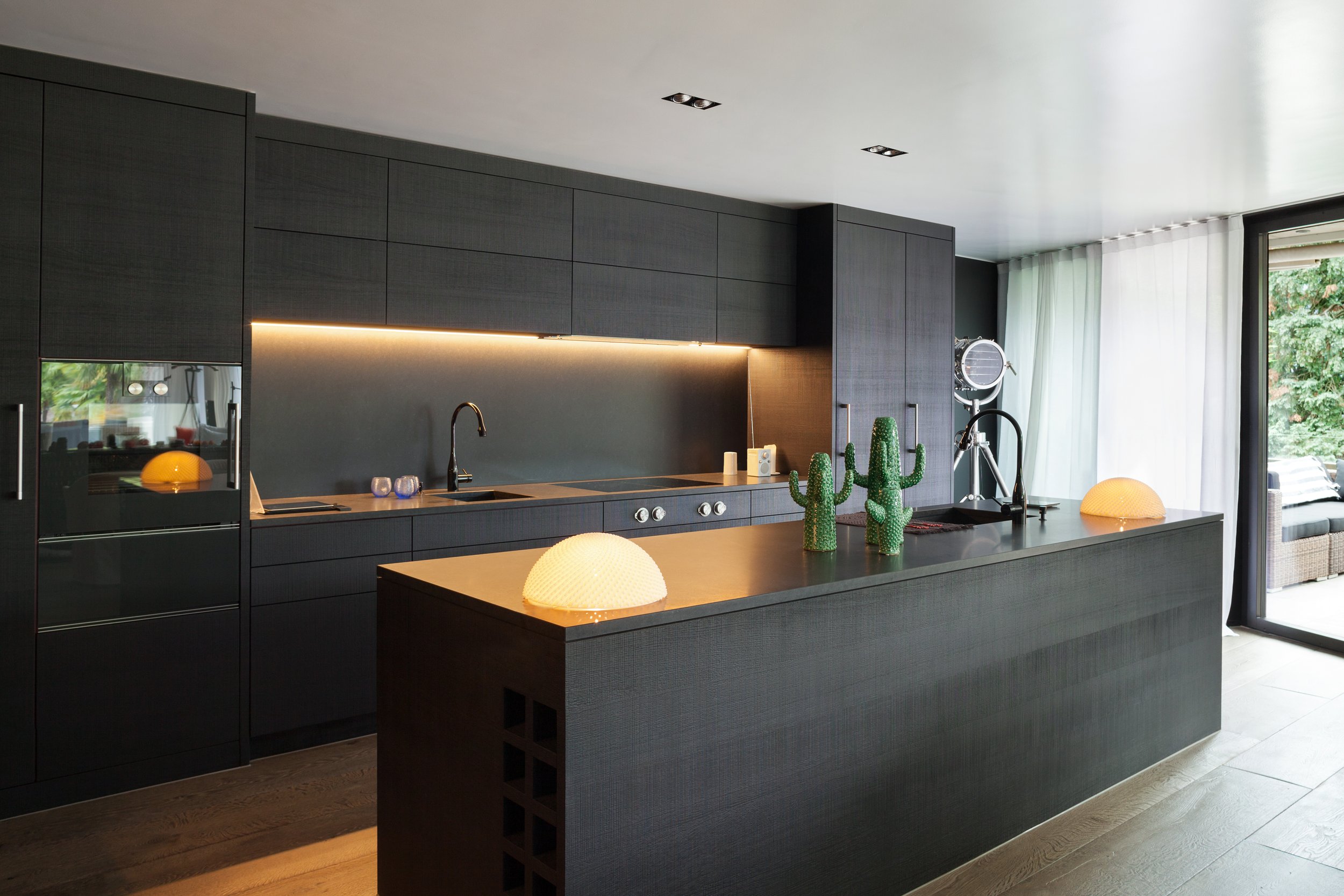How do you light your kitchen?
Today, the kitchen has become a central focal point in many homes. This makes it even more important that the kitchen is functional, comfortable and has the right lighting.
The kitchen is no longer a place where we only prepare food. Nowadays, the kitchen is also a place where we spend time when we want to enjoy a nice dinner with the family. That's why it's more important than ever that the lighting in the kitchen is suitable for both practical work and socializing.
When designing the lighting in your kitchen, there are several things to consider. It is important that the lighting is not too bright and it is an advantage if the lights can be dimmed. This way, you can adapt the light to different needs and events. You should also consider the position of the light in the room. It is not advisable to have only one light hanging in the center of the room, as you will always feel like you are working in your own shadow. Instead, install lighting above all workspaces and remember to add extra lighting under overhead cabinets. Remember, you can't have too much lighting in the kitchen where you work with sharp objects.
Three-stage lighting
When designing the lighting in your kitchen, we recommend working with 3 different levels of lighting and installing recessed spotlights, under-cabinet lighting and pendant lights.
Recessed spotlights work well as general lighting, combating glare and shadows.
For under-cabinet lighting, we recommend using either spotlights that come with the kitchen or milling an aluminum profile into the cabinet. In the aluminum profile, LED strips are installed as indirect lighting (image below). They don't get hot like incandescent bulbs do and they are invisible. They also don't shine in the eyes. As an extra feature, you can also use LED strips in your drawers.
Hanging lights or pendants can be used to create warmer or more enveloping lighting. Pendants can be used over islands or the dining area and will also add a stylistic and visual dimension to the space.
TIP! Remember to choose an LED light bulb that gives you better light. You might be surprised how much better the light is when you choose the right bulb. It is important that the color rendering is always above 90Ra (CRI90) to achieve a true-to-life color rendering that benefits food products. The color temperature is individual, but here we recommend 3000K and not 2700K. This is because 3000K is close to halogen lighting, which is considered somewhat whiter than incandescent bulbs. Keep in mind that in the kitchen you need good, usable light for both food orientation and, in particular, good task lighting. You should also avoid hanging too many lights from the ceiling, as this can result in a cluttered room. Instead, use recessed spotlights, as mentioned above.

